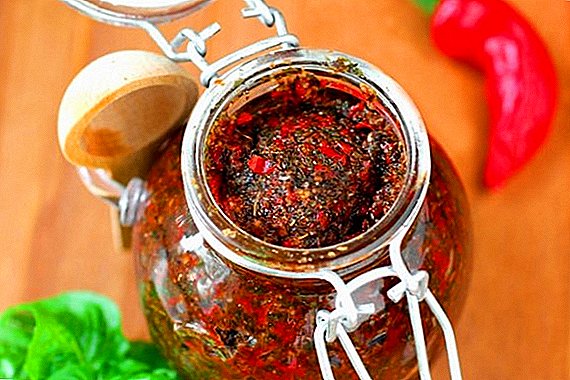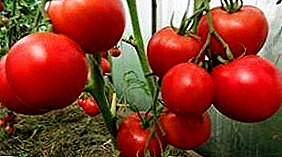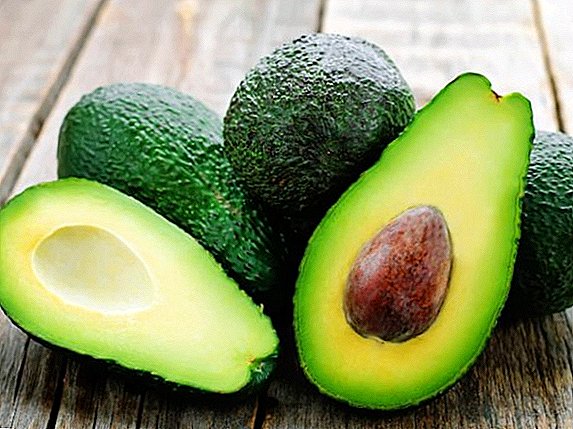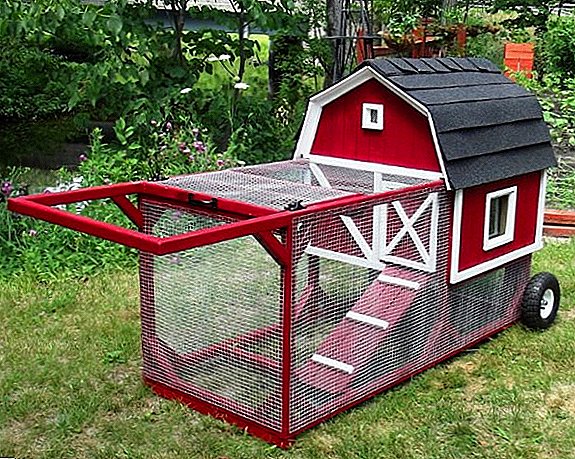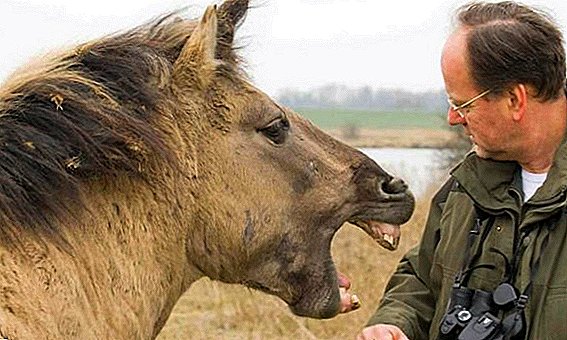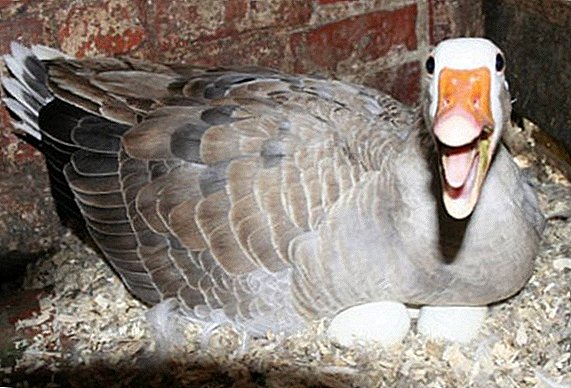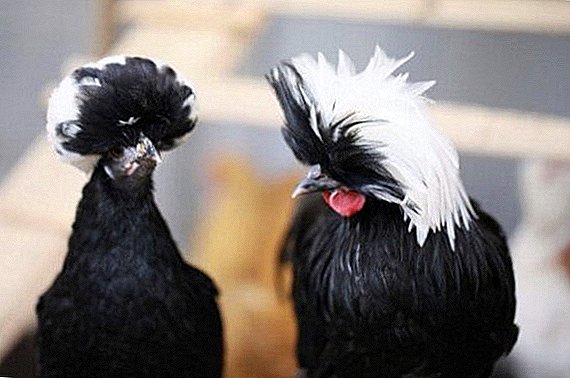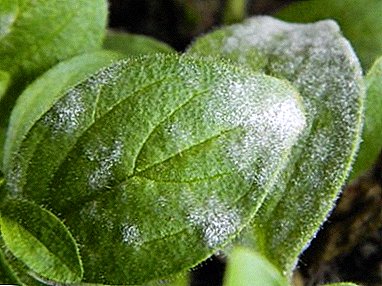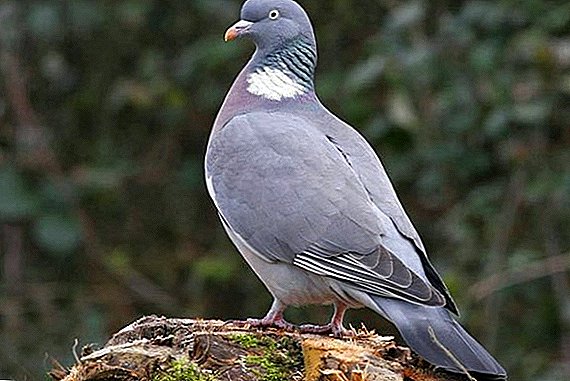 Today, there are about three hundred species of pigeons.
Today, there are about three hundred species of pigeons.
Most often the person meets wild representatives of these birds - about them, as well as about their forest counterparts and will be discussed in this article.
Wild pigeons: features
Representatives of wild species are met daily in the streets of their cities. They belong to the pigeon family, in which there are more than 280 different species. The main distinguishing feature in the way of life of wild individuals is the placement of their nests away from people's homes.  The main places for the nests, they choose rocks, river cliffs and places just distant from people's livelihoods. Wild birds always nest in small colonies. Practically in all nests of pairs one can find up to three eggs.
The main places for the nests, they choose rocks, river cliffs and places just distant from people's livelihoods. Wild birds always nest in small colonies. Practically in all nests of pairs one can find up to three eggs.
Some poultry farmers breed such pigeons at home, for which they construct special pigeon houses.
Wild Pigeon Species
At first glance, it seems that all wild pigeons are similar to each other, but in fact it is not. There are several varieties of this group.
Such breeds of pigeons as Armavir, Nikolaev high flying, Turkish fighting, Baku fighting, Turkmen fighting, Uzbek fighting, Volga tape, tippler, blowjob, kasany, peacock dove are suitable for domestic breeding.
Gray
The bird received such a name due to its bluish color. The main feature of her appearance is the tail of a dark shade. It is the tail that distinguishes this species from the rocky representatives of the genus.  The main habitats of these birds are in Europe and some countries in Asia and Africa. The way of life of such individuals is sedentary, and they place their nests on the rocks.
The main habitats of these birds are in Europe and some countries in Asia and Africa. The way of life of such individuals is sedentary, and they place their nests on the rocks.
Gray
The first appearance of birds of this species was recorded in Indonesia. Their main habitat is mangrove forests, they build nests in trees. The color of the plumage is silver-gray, because of this feathered and got this name.  The length of the bird is about 40 centimeters. A special feature is the black edging of the wings and the green shade of the back of the neck.
The length of the bird is about 40 centimeters. A special feature is the black edging of the wings and the green shade of the back of the neck.
Rocky
These birds are very similar to gray pigeons, but at the same time they have certain differences, namely: a long light tail and a black beak. The main feature is their size - rocky pigeons are much smaller than their brethren. Habitats: mountains of Tibet and Altai. 
Whitechest
White-breasted pigeons are very similar to rocky ones, but have one significant difference - the presence of white plumage.
Did you know? Pigeons gained their popularity at the time when there was no means of communication. They are well oriented in space and can easily overcome a long distance at an average speed of up to 70 kilometers per hour.
It is the white color on the lower body that helps to distinguish these birds from other species. 
Gorlitsa
In appearance, turtle doves are very similar to ordinary pigeons, but the difference is their elegance. The plumage of the wings of the turtle-dove is equipped with white stripes. The length of an adult individual reaches 30 centimeters. The main color of these birds is brown.
The paws are red, the wings are pointed, and the tail is wedge-shaped.
There are the following subspecies of turtle doves:
- small;
- short-tailed;
- ringed;
- Siberian;
- ordinary.
Little Dove is distinguished by its outstanding "laughter", which is very similar to a human. Also, this type of turtle doves has a high credulity, which often leads to the death of birds. Most common is the small turtle dove in Asia and Africa.  Short-tailed species lives in China and the Indochinese Peninsula. It cannot exist in captivity, because it is very active and mobile. Bird sizes are small, body length is about 22 centimeters. Females do have smaller dimensions.
Short-tailed species lives in China and the Indochinese Peninsula. It cannot exist in captivity, because it is very active and mobile. Bird sizes are small, body length is about 22 centimeters. Females do have smaller dimensions.
Representatives of ringed turtle doves are most often found in Russia, less frequently in countries of Africa and Asia. Pigeons lodge closer to human habitats, and sometimes even place their nests on residential buildings. As for the appearance, the plumage is grayish-brown, the chest and neck have a pinkish tint.
Siberian turtle dove is the largest representative of this genus. In appearance it is very similar to common turtle dove. Range - South Siberia, the Far East and Transbaikalia.
Common turtle doves have much in common in appearance with ordinary pigeons. The main difference is the elegance of the forms and smaller body size - the average weight of an adult is 120 grams. Habitat Europe, Asia and North Africa. 
Forest pigeon species
Forest pigeons are birds of light weight, but with a rather muscular body, a small head and a sharp beak. Their nutrition is based on vegetable feed.
The main species of forest pigeons are:
- ringdove;
- clintuh
Important! In the cold period, forest birds can gather in large flocks and cause enormous damage to agriculture, eating vegetation in the fields.
Ringdove
The largest representative of the forest pigeons is wood pigeon. Mostly lives in Europe. The total length of his body is 40 centimeters, and the weight is about 600 grams. The most common places for nest arrangement are tall trees in coniferous and mixed forests.  The nest has a special structure that creates an enlightened bottom. Winter birds sit in warm countries, and return in early spring, around mid-March. It must be said that during this period the birds break up into pairs and begin the mating period.
The nest has a special structure that creates an enlightened bottom. Winter birds sit in warm countries, and return in early spring, around mid-March. It must be said that during this period the birds break up into pairs and begin the mating period.
Clintuh
This bird has an interesting color, which does not allow it to be confused with other representatives of pigeons. The main plumage has a bluish-blue color, the neck is green-purple, and the goiter is dull-red.
The average length of the whole body of a bird is 30-32 centimeters. Klintuh quite common around the world. Representatives of this species can be found in Europe, in Turkey, Western Siberia and China.
Also, birds were observed in northwestern Africa, Kazakhstan and Tajikistan. Almost all representatives of this species make their nests in mixed and deciduous forests. Nests are located in the rotten trees, where mating and brooding occurs. 
Features of the content of wild pigeons
The basis for proper and successful breeding is the successful selection of a pair that will multiply and give healthy offspring. Selection of the correct pair must be made in advance, before the start of the nesting period.
Learn how to properly breed pigeons, what pigeons eat at home, how to make a feeder and pigeon house with your own hands, how many pigeons live in the wild and at home.
The focus should be on making dovecotes. For wild pigeons, it is important that it is spacious, with plenty of natural light. Also, the room should be equipped with feeders, drinkers and nests.
The latter should be installed in the darkest places of dovecote. It is also necessary to equip the resting places for birds, which should also be placed in dark places. Do not forget about the disinfection of the dovecot, as this will protect the birds from diseases and infections.
Did you know? The pigeon is a sacred bird for Muslims, since, according to legend, in his beak he carried Mohammed with water for washing.
The life span of wild individuals often does not even reach 5 years. This is due to the specifics of this group, as well as living conditions. Purebred domestic pigeons live much longer than wild individuals. Their average life expectancy is 30 years, and in some cases reaches 35 years. 
How to tame
Successful domestication of a pigeon is that only one person should be doing this and feeding the bird, who will later be its owner. This is explained by the fact that the pigeon must know from whom it receives food, and whom it should not be afraid of in the future.
The difficulty in taming is in the nature of the wild birds. The fact is that such birds do not like the society of people, and are also very circumspect. For each representative of this type, you must search for your own approach.
The main way to tame a wild pigeon or a dove is through the stomach.
Experts say that the female is much easier to tame than the male. So, the first step is to find out who is in your hands - male or female. If the lady managed to tame, then she will surely lure the gentleman behind her.  To understand when to tame a pigeon, you need to know that these birds eat 2 times a day: in the morning and in the evening, so you should lure them in these time intervals. It is also worth exploring the question of the diet of wild pigeons.
To understand when to tame a pigeon, you need to know that these birds eat 2 times a day: in the morning and in the evening, so you should lure them in these time intervals. It is also worth exploring the question of the diet of wild pigeons.
The main and most favorite feeds for pigeons are sunflower seeds, cereals and wheat grains - experts recommend to lure pigeons with these products. But do not forget that the diet of wild birds often consists of fruits, berries and insects.
Before starting the bait, you should understand that this process will take more than one day, or even more than one week - the domestication of wild individuals lasts several months. It is also important to understand that most birds will fly away at the sight of a person and may no longer return, only the bravest ones will remain.
Therefore, it is important not to scare the birds, but to begin acquaintance with them gradually. For this it is necessary to show them to the eyes during feeding for a short time and not to make sudden movements. Gradually, the time spent in front of the birds must be increased.  After feeding at a distance, you can begin to try to feed from the hands. It is important not to do this abruptly and before the moment when the pigeons are already a little used to the breadwinner. Feed from the palm of your hand is necessary when pigeons calmly eat food from the feeder in the presence of a person.
After feeding at a distance, you can begin to try to feed from the hands. It is important not to do this abruptly and before the moment when the pigeons are already a little used to the breadwinner. Feed from the palm of your hand is necessary when pigeons calmly eat food from the feeder in the presence of a person.
It is at this time that they feel safe and know that this person does not pose a threat to them.
Feeding from the hand looks like this:
- First you need to pour food on the palm.
- Then slowly stretch it to the side of the birds. Sharp movements at this point should be avoided, and for a better result you should fix your hand. At the first attempt, 1 or 2 birds can approach the palm, not more. Further, the number of birds will increase.
Important! A pigeon can remember only one breadwinner, so you should not turn the process of feeding into a group.
What to feed
The diet of wild birds should include the following components:
- barley;
- wheat;
- sunflower seeds;
- fruits;
- bread;
- rice porrige;
- rape.

In percentage terms, the diet of an average-sized adult male looks like this:
- millet - 20%;
- rape - 10%;
- wheat - 30%;
- corn - 10%
- sunflower seeds - 10%;
- oatmeal - 10%;
- boiled hemp - 10%.
Is it possible to eat wild pigeons
Do not recommend to eat representatives of a wild type in food. For culinary purposes, individuals grown in private households are best suited. The ban on eating is in the way of life of these birds, because they eat everything they find on the street and even in the garbage cans, and also drink water from puddles, the harm of which is very high for humans.
In conclusion, it can be said that it is quite possible to breed wild birds if you stock up in advance with the necessary knowledge, patience and inventory.


